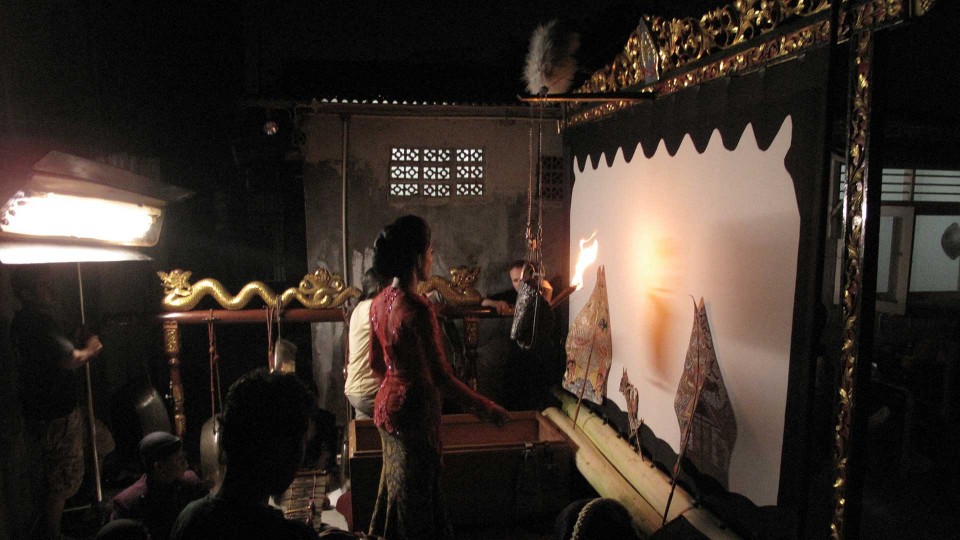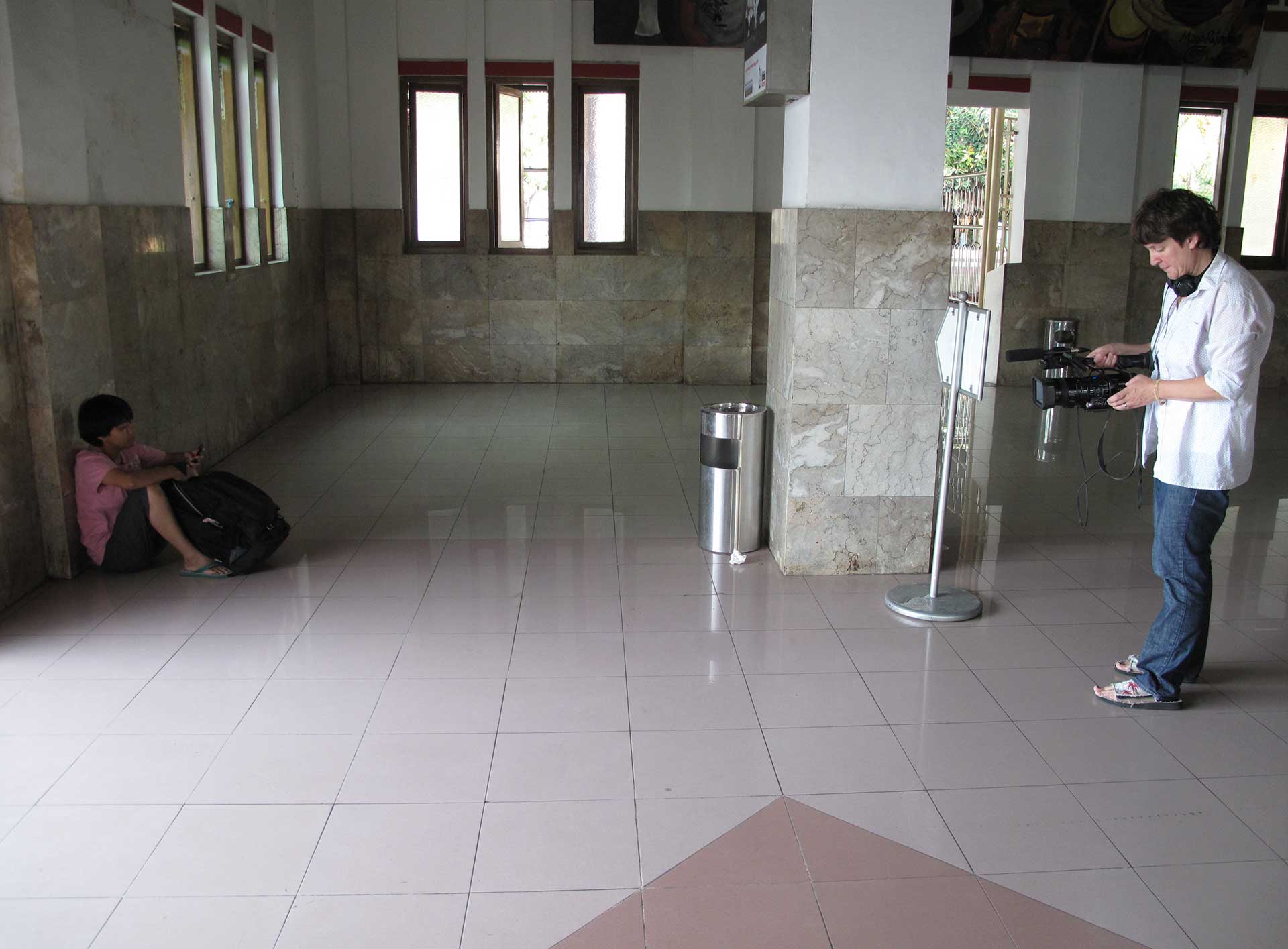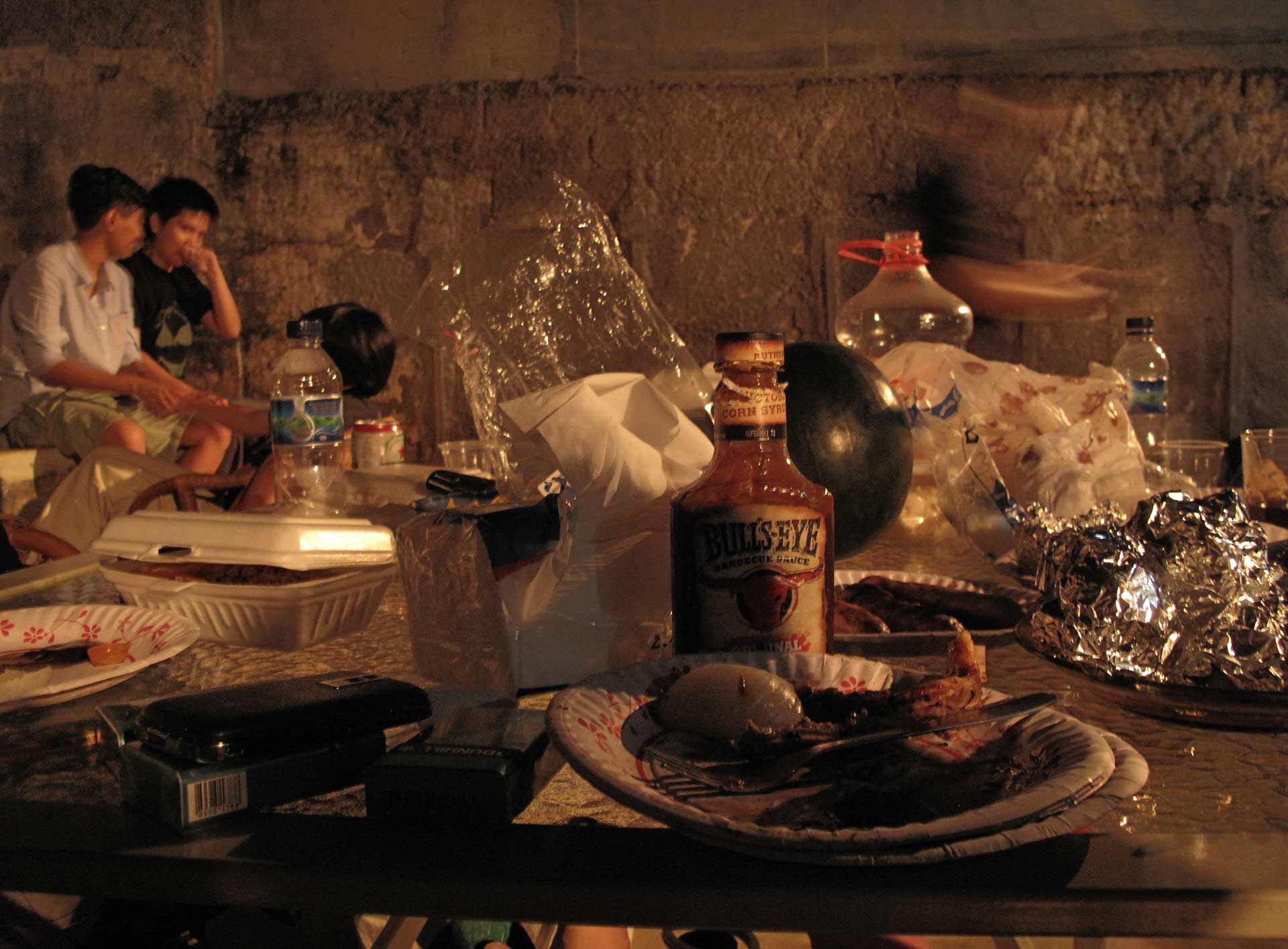The Children of Srikandi
At the beginning of 2010, Laura Coppens asked me if I would like to direct a workshop for young Indonesian lesbians in Jakarta over the summer. The idea was to make an omnibus film with six to ten women presenting their personal experiences by means of autobiographic short films. Our first joint meeting took place in Jakarta.
Some of the women came from Yogyakarta or Bandung. All of them brought different social and religious backgrounds. Most of them had never met before.
We spent the first five weeks of the workshop watching hand-picked documentaries and short films. We discussed different topics: gender, ideology, religion, memory and class. The women began to develop their proper ideas. We worked on the dramaturgic emphasis and narrative style of each tale and developed different narrative strategies.
It was amazing for me to see social and religious borders vanish right from the beginning, while commitment and true interest in the other women’s experiences arose. Although most of them had never worked with film before, it was quite easy for everybody to get used to the technique, do the acting and transform personal experience into the medium of film.
The result was a diverse group of short films ranging from poetic and political essay over Direct Cinema to fiction.
After this first meeting we discovered that we needed to do more shooting and dedicate some time to the film cut, so we planned to do a second workshop in summer 2011. By then, we had received only little financial support from a few foundations, so we tried to apply for more promotion in Berlin, which turned out to be useless.
The fact that the project turned into a complete film is due to a collective process which coordinated the group’s social intelligence with real economic working conditions. This way of working came at a price: Shortly after the production was finished, one of the women withdrew her contribution. Her short film was replaced by a sequence via skype with the other contributors discussing the consequences the publication of the film might have on their personal lives.
Right from the beginning, we had the idea to combine the autobiographic material with the story of Srikandi, a character of the Indonesian puppet theatre WayangKulit.
The puppeteer Soleh gave his voice to Srikandi, while the singer Anik expresses the character’s emotions.
As transgender queens they reinvent themselves within the classic Indonesian perception of women, while the short films de-construct the classic picture.
It is the opposed representation of gender that creates an impression of a fluid, oscillating advancement of the film. An unspectacular linguistic and religious diversity is revealed: The original languages are standard Javanese, Javanese and Sudanese. The religions involved are Muslim, Christian and Buddhist.
Anak-Anak Srikandi addresses the possibility to change. The film’s narrative structure does not always allow for a clear division of the films but works as a whole.
Despite the different lengths of the films and the genres chosen there is no hierarchy. The assembly is based on an associative logic.
While I joined this project as a teacher, I also learned something new during the process. We developed a way of working which I had never experienced before and which you might call a non-hierarchical pulling-together beyond all difficulties. All filmmakers and producers of the „Children of Srikandi Collective“ possess the same rights on the film.
–




